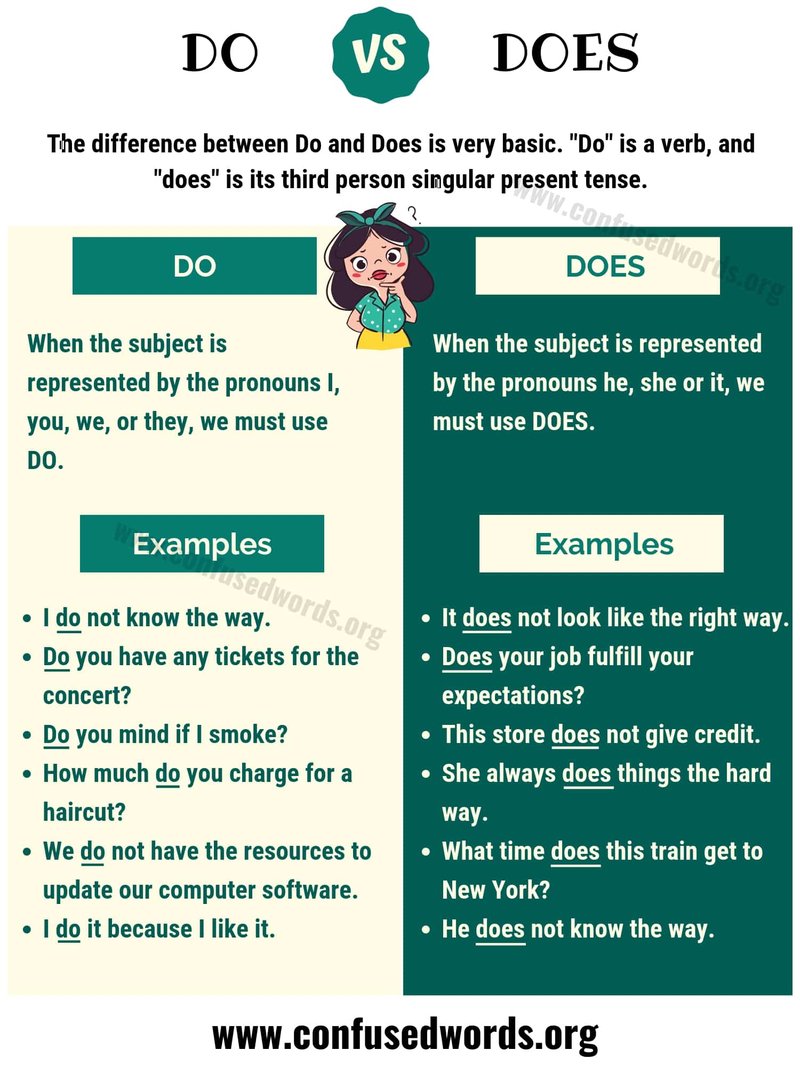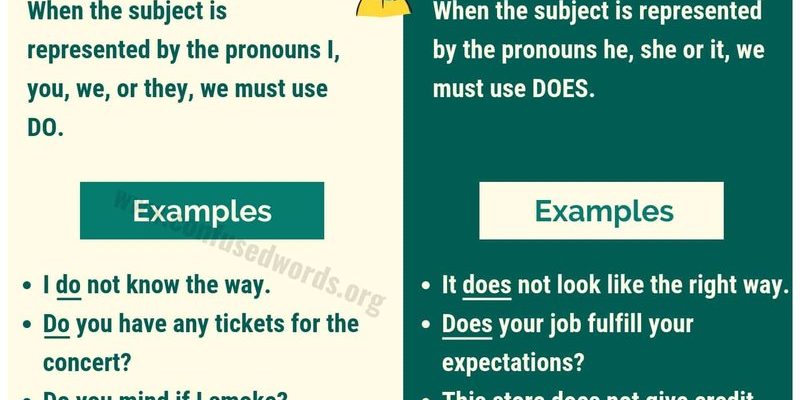
When you see the E2 error code on your Samsung refrigerator, it’s like your fridge is sending out an SOS signal, saying, “Hey, something’s not quite right here.” Often, it leaves homeowners wondering if a simple reset will do the trick or if further action is required. Just like when your computer acts up and a reboot solves the problem, sometimes a quick reset can clear up minor glitches in your refrigerator, too. But is it the go-to solution for the E2 error? Let’s dive deeper to unravel the mystery.
Understanding Error Code E2 on Samsung Refrigerators
Before jumping into solutions, it helps to know what the E2 error code actually means. In a nutshell, this code often indicates a problem with the refrigerator’s freezer sensor. Think of the sensor as a scout that keeps tabs on the temperature inside the freezer. If it gets the readings wrong or fails to communicate them, the refrigerator can’t function properly, hence the E2 error.
When the sensor isn’t doing its job, it can lead to a mismanaged internal climate, which is crucial for keeping your food safely stored. It’s like having a thermostat in your home that can’t detect the current temperature — chaos can ensue. The E2 error is your refrigerator’s way of telling you that this vital component needs attention. However, sensors can sometimes suffer from temporary glitches, which is why a reset might be worth trying as the first step.
How to Reset Your Samsung Refrigerator
Now, let’s talk about how you might go about resetting your Samsung refrigerator to clear the E2 error. Think of a reset as giving your fridge a fresh start, a way to shake off minor tech hiccups. Much like rebooting your phone, a reset can sometimes solve electronic confusions. Here’s the process:
First, unplug your refrigerator from the wall. This might sound like a big step, but it’s a safe and effective way to initiate a reset. Leave it unplugged for about 5 minutes — just enough time for the system to completely shut down. Then, plug it back in. Wait a moment and check if the E2 error code has disappeared from the display.
In some models, you might need to press a combo of buttons on the control panel to reset it fully. Always refer to your user manual for these specific instructions, since button combinations can vary. If the error code vanishes after a reset, you’re in luck! However, if it persists, it might point to a deeper issue that requires a bit more than just a reset.
Considering Alternatives if a Reset Doesn’t Work
So, you’ve given resetting a shot and the E2 error is still glaring at you. What’s next? Well, this is where understanding the root cause comes in handy. If the error persists, it’s likely a sign that the sensor itself might be malfunctioning or there’s a wiring issue.
Responding to this requires stepping into a troubleshoot mode. You might need to inspect the connection to the sensor. Sometimes, just like when a plug isn’t fully inserted into a socket, the sensors may have a loose connection. Checking sensor connections might resolve the E2 error. However, if tackling wiring or sensor checks feels a bit too advanced, calling in a professional could be the safest route.
Remember, refrigerators are complex appliances, and while DIY solutions can sometimes work, professional help ensures issues are comprehensively resolved. Plus, a technician can check the entire system for other potential concerns.
Preventative Measures for Error Code E2
Just like regular health check-ups help keep you fit, regular maintenance of your refrigerator can prevent errors like E2 from occurring in the first place. One effective strategy is cleaning the sensor area occasionally to avoid any blockages or dirt build-up. Imagine trying to see through a foggy window — that’s how a dirty sensor feels when it’s trying to read temperatures.
Additionally, ensure you’re storing your food properly. Overstuffing the freezer can obstruct airflow, impacting how well sensors can monitor temperature changes. It’s similar to blocking an air vent in your home — it disrupts the balance and efficiency of the system.
Finally, consider setting reminders for monthly checks on your refrigerator’s performance. This can help spot potential issues before they transform into error codes. Keeping an eye on things ensures your refrigerator continues to function smoothly, keeping those pesky errors at bay.
There you have it! While a reset can sometimes resolve the Samsung refrigerator’s E2 error, understanding the sensor’s role and being proactive in your maintenance ensures you’re well-prepared to tackle it head-on. Here’s to keeping your food fresh and your fridge free from error codes!
